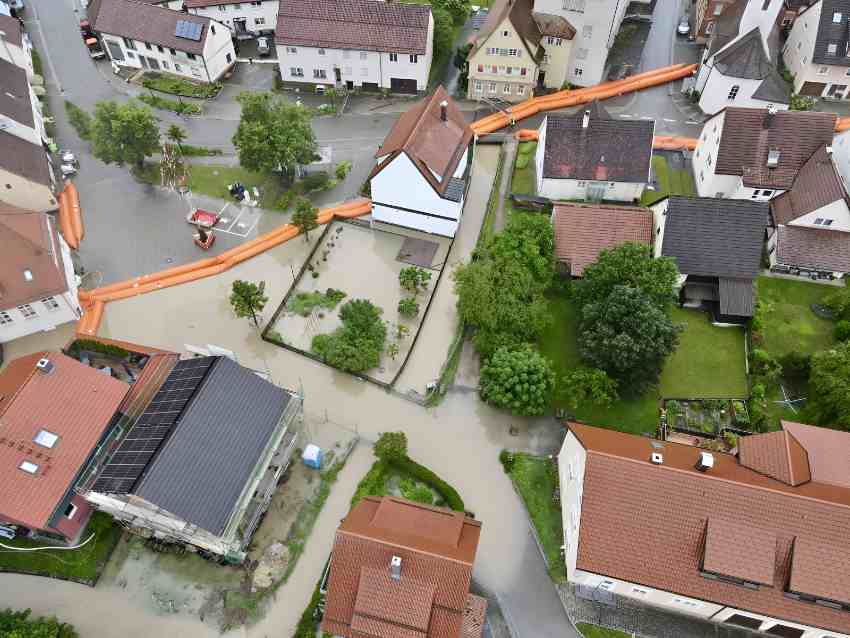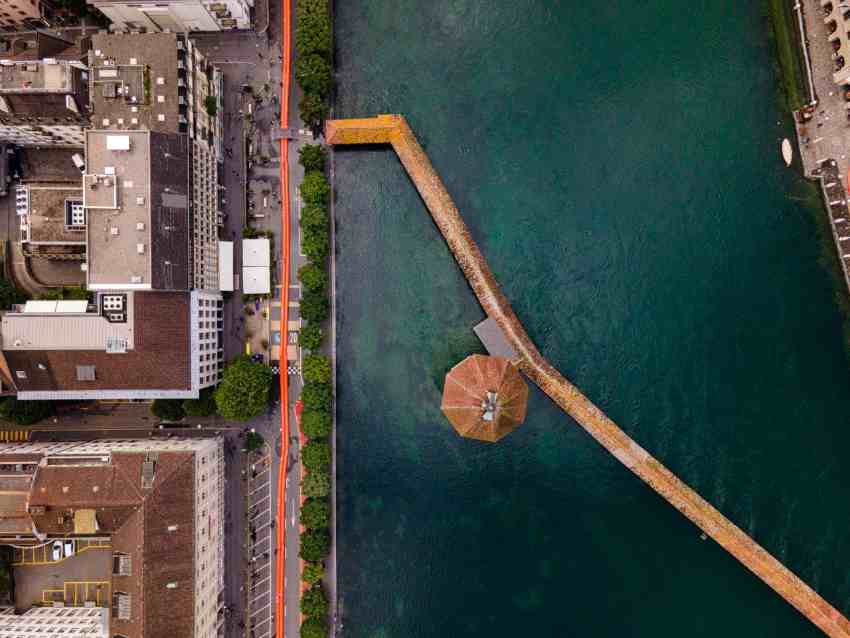Beaver Protection Systems has been developing and selling mobile storm and flood protection since 2002. The company, based in Grosswangen (LU), Switzerland, is now the market leader in storm and flood protection as well as in education, training and preparation for disaster protection.
Beaver Protection Systems is an owner-managed company with sales partners and representatives in countries worldwide. However, they still have plenty of room for new cooperation. The company is replacing sandbags and their systems are working with water against water.
Interview with Philipp Wolff, CEO of Beaver Protection Systems Ltd
What are the main areas of activity of the company?
Philipp Wolff: We have been developing protection systems and concepts for protection against flooding and heavy rain since 2002. Development is by no means just done at a desk, but in close cooperation with emergency services such as fire departments, civil defense and the army, in order to incorporate the experience and feedback from emergency operations into constant product development.
Our systems are manufactured by long-standing partner companies that adhere to high quality and process standards to ensure quality and reliability. When it comes to the safety of our customers, we make no compromises. We work closely with our producers and rely on Swiss and EU quality companies with relevant experience.

The orange Beaver Dam is by far the best-selling mobile, location-independent storm and flood protection system. In over a thousand cases, the protective dams have already prevented or reduced damages amounting to hundreds of millions. Over 150,000 linear meters are still in use today, protecting our customers, the population and industry from disasters and preventing or reducing immense financial losses.
What’s the news about new products/services?
P.W: Until now, our focus has been on floods, i.e. events with advance warning. With climate change, we are increasingly confronted with heavy rain and flash floods. These events occur without warning, unplanned and suddenly. New technologies are required for this moment. Our LENOIR Barriers are the fastest barriers. You roll them out and they work.
What are the ranges of products/services?
P.W: We develop and produce systems to protect against flooding, heavy rain and flash floods. We provide on-site technical, tactical and logistical advice. We provide advice and show possible solutions for developing protection concepts. We also manage complete projects from initial advice, training, education, procurement of all resources to risk assessment and follow-up training or routine training.

What is the state of the market where you are currently active?
P.W: Our main customers are fire departments, disaster control agencies and municipalities. The decision-making processes are sometimes lengthy, especially when budgets are tight. As global warming increases, the market will continue to change. In the future, insurance companies will withdraw and transfer responsibility to the owners. We help to assess risks, show solutions that are appropriate to the budget and risk, offer support in implementation and provide training. However, everyone has to take precautions themselves.
More and more private individuals or companies have to protect themselves and their belongings and take personal responsibility, as the state no longer has sufficient capacity and insurance companies no longer cover all damage.
What can you tell us about market trends?
P.W: Self-responsible preparation for environmental disasters will be essential in the future for both industry and commerce as well as for private individuals. Even after the summer of 2024, I maintain that Europe has been relatively spared compared to other continents and countries. We must learn to deal with it, live with it and prepare for it as best we can. One can also ask why these events are constantly increasing and becoming more severe.

What are the most innovative products/services marketed?
P.W: That’s difficult to say. There are many systems on the market to protect against floods, high water, heavy rain and flash floods. In disaster protection, many factors come together and vary locally. In order to be able to protect the population and infrastructure precisely when all factors come together, data-based and forward-looking planning is required. Various systems must be available from stock in sufficient quantities to be able to react to unforeseen developments and people must be trained. It will be necessary for everyone to work together.
I still consider our BEAVER dam to be very innovative. Our system can be easily installed by a few people without heavy equipment (100 meters in an hour). Our Beaver dam and our Lenoir barrier can be used on uneven ground. Many other systems on the market are only designed for flat terrain, which can be dangerous. In the event of a disaster, it can be very risky if emergency services use such an inflexible system on the wrong surface. Each system has its area of application in a corresponding situation. However, since you will not have all systems in stock in sufficient quantities, you will have to concentrate on flexible systems.
What estimations do you have for the beginning of 2025?
P.W: We hope that people learn from recent events and prepare for future in time.


